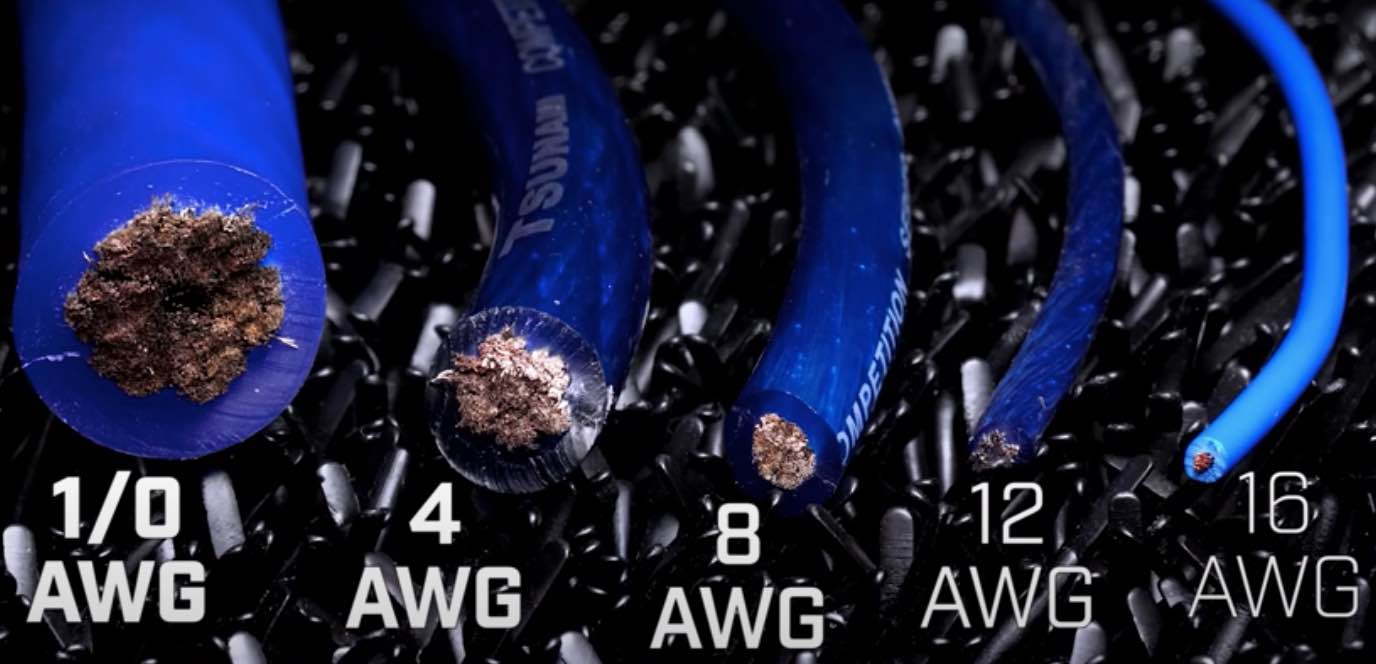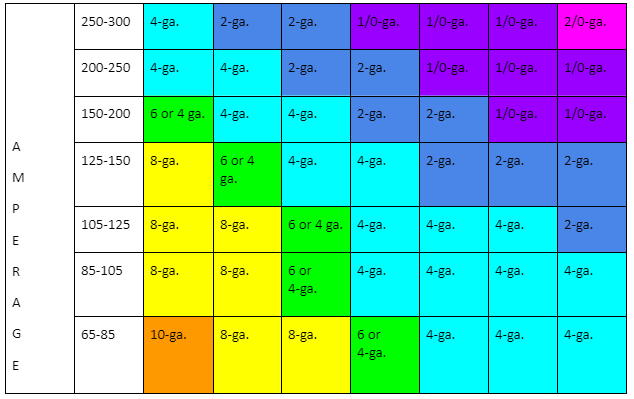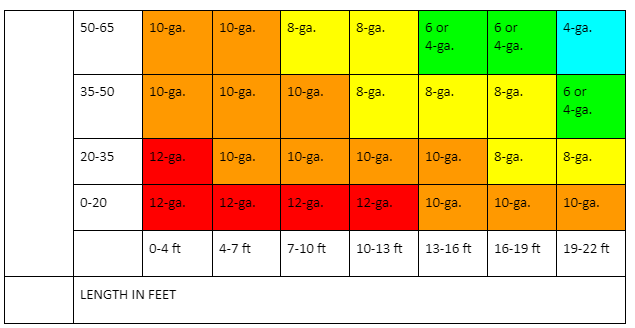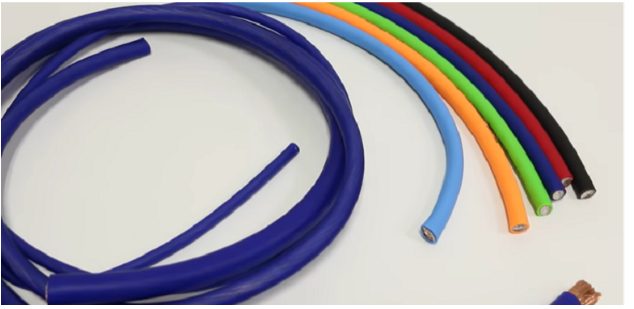What Gauge Wire for a 1000 Watt Amp? (Guide)

In general, the gauge wire used for a 1000-watt amp is 4-ga.
An amplifier’s power and ground wiring must be large enough to handle its need for electrical current to function correctly. The wire gauge (thickness) you select for the power wire is determined by the amount of current your system will attempt to use and the length of the wiring run. Better quality wiring is essential for ensuring that your amplifier receives the power it requires to perform efficiently and reliably. But what gauge wire should you use for a 1000-watt amp?
This article will identify what gauge wire you should use for a 1000-watt amp.
Table Chart for Gauge Wire
The American Wire Gauge (AWG) established the wire gauge system primarily used in the United States to measure the diameter of electrically conducting cable. Generally, every 6 gauge drop is twice the wire size diameter, and every 3 gauge reduction doubles the cross-section of AWG wire.
The following is a common AWG wire guideline for selecting the needed gauge wire.


When the volume is turned up, car amplifiers can drain a significant amount of electricity from the electrical system. This is why it is critical to connecting them appropriately to achieve the most excellent performance.
To guarantee that your amplifier operates correctly and to its full output potential, its power and ground wires must be large enough to meet the amplifier’s electrical current needs.
The correct wire gauge (thickness) to use for power cabling is determined by your amp’s current demand and the wiring’s length.
The more powerful the audio system the greater the gauge wire size you need to utilize.
Calculator for Gauge Wire
Using the correct gauge power wire is also crucial to maintaining the safety of your audio system and your vehicle since a lower gauge power wire might overheat and be dangerous under current overloads. (1)
In other words, if the current flow exceeds the requirements of the wire, the internal wire begins to heat up, which might melt the wire and create a fire. (2)
In general, there are two types of amplifiers — Class D and Class AB — and hence they have two formulas for estimating the current draw. (A thorough explanation is provided below the chart.) You apply the formula that relates to your amplifier.
If unsure about the Class of your amplifier, utilize the Class AB calculations for the most secure outcome.
| General Formula | [(Total RMS Wattage / Amp Efficiency) / 13.8 volts] |
| Class D Formula | [(Total RMS Wattage / 90%) / 13.8 volts] |
| Class AB Formula | [(Total RMS Wattage / 65% / 13.8 volts] |
What Gauge Wire for 1000 Watt Amp

The obtained figure represents your system’s maximum current draw. To determine which cable gauge you require, compare it to the figures in the “Amperes” column in the chart above.
We will now go through what gauge wire to use for a 1000-watt amp.
- Considering a class D subwoofer amplifier with an RMS rating of 1000 watts. The speaker wire is installed in the trunk, and the length between the battery and where the amp is installed is around 12 feet.
So, let’s use the Class D amp formula to compute the current draw.
When we cross-reference the current draw of 80 amps with the wire length of 12 feet, we get 4 gauge wire.
In other instances, if the amplifier is Class AB:
- Consider a class AB subwoofer amplifier with an RMS rating of 1000 watts. The speaker wire is installed in the trunk, and the length between the battery and where the amp is installed is around 12 feet.

When we cross-reference the current draw of 111 amps with the wire length of 12 feet, we get 4 gauge wire. This is how to compute what gauge to use for a 1000-watt amp.
Other Tips
No amplifier is completely efficient
The preceding calculation is correct. However, it does not account for the efficiency rating of your amplifier. The latter is the power input to power output ratio (to the speakers). And this must be taken into account when calculating your amp’s current draw.
No amplifier is entirely efficient, producing what it consumes. The power not reaching the output terminals is considered wasted energy since it does not contribute to powering the load.
Take a look at some of our related articles below.
References
(1) overheat – https://www.researchgate.net/publication/
294223471_The_basics_of_electrical_overheating
(2) create a fire – https://www.realsimple.com/home-organizing/decorating/outdoor-living/how-to-build-a-fire
Video Reference
